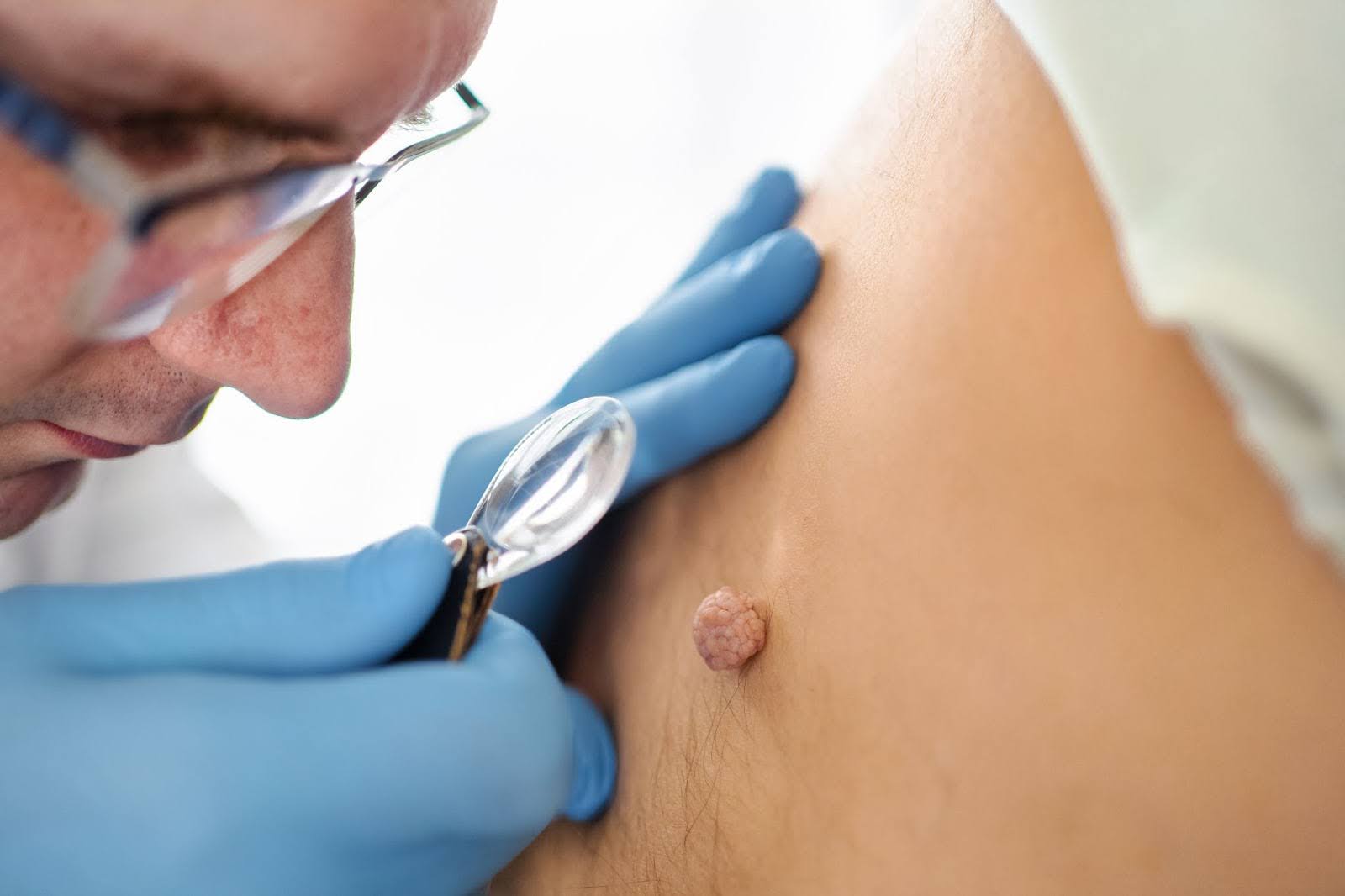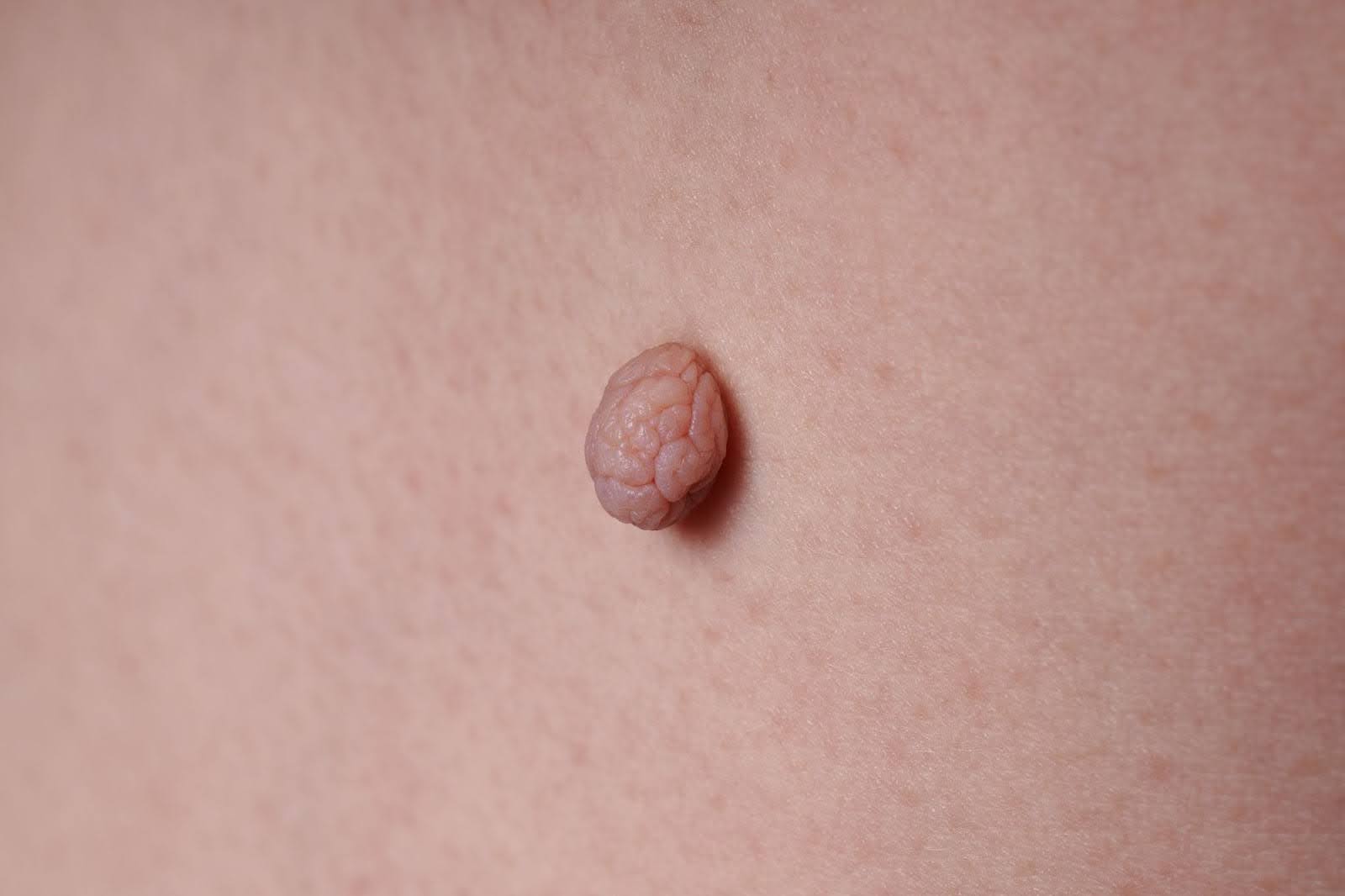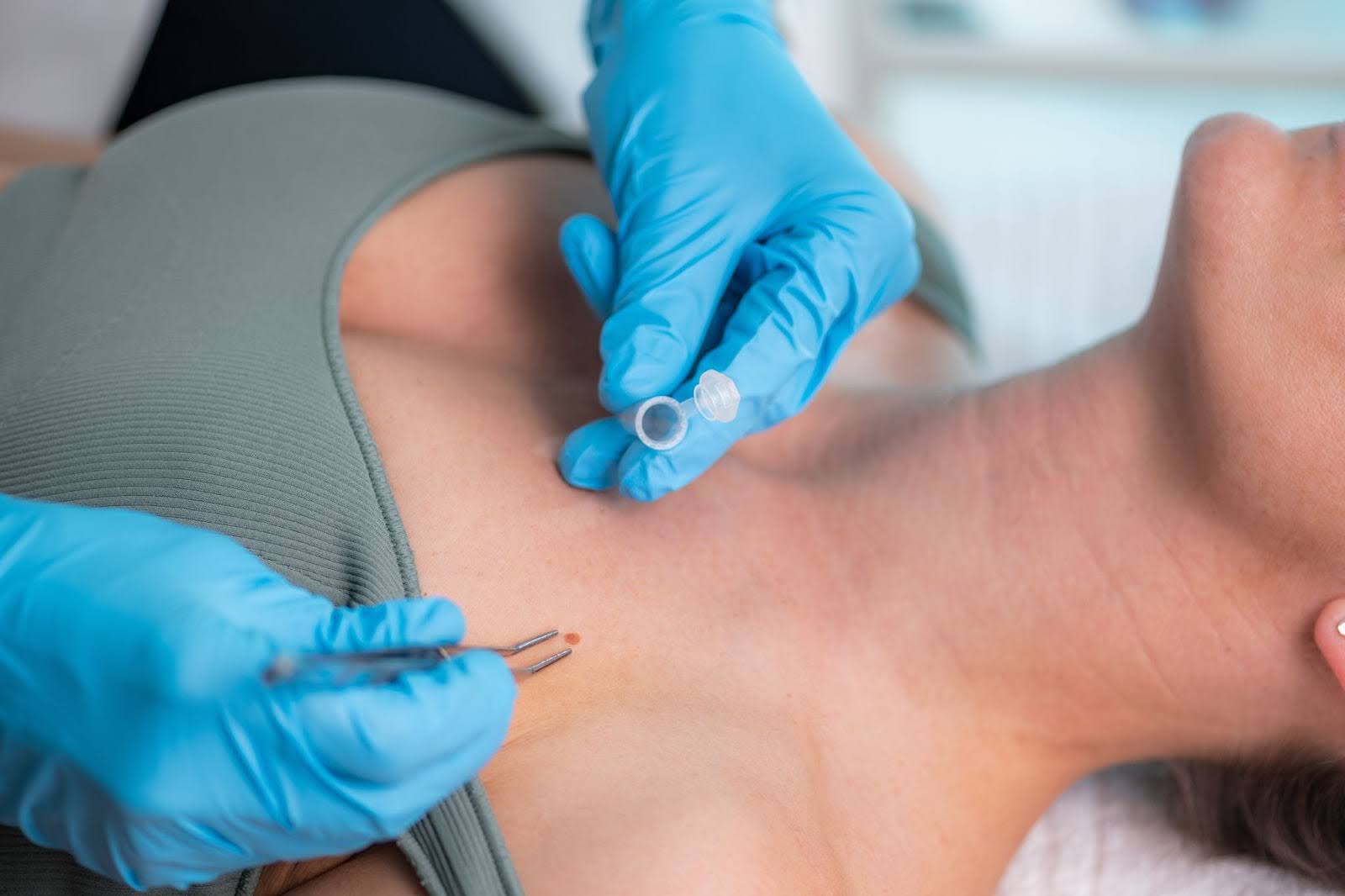
Hearing the word "lesion" during a doctor's visit can feel unsettling. Many immediately think of severe disease, yet the reality is far broader. A lesion refers to an area of tissue that looks or behaves differently from the surrounding tissue. It may be harmless or require further care, but knowing what it means removes fear and confusion.
A lesion is an abnormal change in the body's tissue. Doctors use the word as a descriptive label rather than a confirmed diagnosis. It helps identify areas that require further examination or testing. Because lesions range from harmless to severe, context always matters.
In clinical terms, a lesion is any damaged or abnormal tissue. It may appear as a break in the skin, a growth inside an organ, or a change seen on a scan. Medical teams use this neutral term until the cause is confirmed. For example, an MRI might show a brain lesion representing scarring, infection, or a tumor. This approach prevents premature conclusions and ensures careful evaluation. Patients should remember that the word itself does not equal cancer.
A lesion can be seen as an unusual spot or sore. It could be an irregular mole, a painful ulcer inside the mouth, or a patch detected on a chest X-ray. People often first hear the term when doctors point out these differences. The impact depends on location, cause, and duration. For example, a mouth ulcer usually heals on its own, while a lung lesion may need scans or a biopsy. The word carries weight, but interpretation always depends on context.
Lesions vary greatly depending on where they develop and what causes them. Some are visible on the skin, while others are discovered only through imaging. They can be minor, cosmetic, or related to chronic disease. Knowing the types helps patients recognize why follow-up is necessary.
Skin lesions, including rashes, moles, warts, and scars, are the most common. Dermatologists classify them as primary, like blisters or patches, or secondary, like crusts or scars. While many skin lesions are harmless, changes in shape or color can suggest melanoma. Treatment may involve medication, removal, or cosmetic approaches. Microneedling is a popular method for improving the look of scars and surface irregularities, and offers skin health benefits when both cosmetic and medical perspectives are combined.
Oral lesions appear inside the mouth, on the tongue, or around the lips. Typical examples are cold sores, ulcers, and leukoplakia, a thick white patch. These can result from biting, viral infections, or irritation from dental appliances. While many heal on their own, persistent oral lesions need careful attention. Dentists often check for early signs of oral cancer in patients with recurring sores. Early evaluation makes treatment more effective and prevents long-term complications.
Brain lesions describe abnormal areas found within brain tissue. Strokes, trauma, multiple sclerosis, or tumors may cause them. Patients often discover them during MRI or CT scans. Symptoms vary and may include vision changes, memory problems, or seizures. Some brain lesions are harmless scars, while others require urgent treatment. Every case demands individual assessment by a neurologist.
Lesions can form in vital organs like the liver, kidneys, or lungs. Many are found accidentally during imaging for unrelated concerns. They may be cysts, benign growths, or signs of infection. A liver lesion, for example, could be harmless fat accumulation or a tumor. Depending on risk factors, doctors may recommend monitoring, repeat scans, or a biopsy. These findings highlight why context is critical.
Lesions develop from many different triggers, and their cause often determines their seriousness. They may result from infections, immune disorders, tumors, or physical injury. Each cause affects how lesions appear and progress. Recognizing the source is essential for proper treatment.

Infections are a leading cause of lesions across the body. Viral infections like herpes create painful blisters, while bacterial infections can produce abscesses. Fungal conditions often appear as discolored patches on the skin or mouth. The body's immune system reacts to these microbes by creating visible damage. Treating the infection usually removes the lesion. Identifying the germ responsible is the first step to recovery.
Lesions often appear when the immune system mistakenly attacks healthy tissue. Conditions like psoriasis, lupus, and multiple sclerosis all create inflammatory changes. These lesions can appear on the skin or deep within the nervous system. They may come and go, flare up suddenly, or persist for long periods. Treatments focus on reducing immune activity and controlling inflammation. With proper care, many patients manage these conditions effectively.
Abnormal tissue growth is another frequent cause of lesions. These may be benign, like cysts or fibroids, or malignant, like cancers. Growths can remain stable or expand, leading to new symptoms. Biopsies provide the most reliable way to identify the type of lesion. Doctors then decide on surgery, monitoring, or medication. Understanding the growth pattern helps avoid unnecessary panic.
Physical injury can also create lesions. Burns, cuts, or radiation exposure leave visible or internal tissue damage. Long-term sun exposure is a common factor in skin lesions like sunspots. Chemicals and toxins also alter tissue over time. These external factors often produce preventable lesions with lifestyle changes. Protecting the skin and avoiding hazards helps reduce the risk.
Diagnosis is the key step in determining the meaning of a lesion. Doctors begin with a clinical exam and then recommend imaging or laboratory tests. The results guide the proper treatment and clarify concerns. A precise diagnosis reduces confusion and directs patients to appropriate care.
The first stage in diagnosis is a thorough exam and discussion. Doctors ask about the lesion's duration, changes, and associated symptoms. They review family history and lifestyle habits. Then, they closely inspect the lesion for shape, texture, and color. This step often narrows down possible causes and sets the foundation for further testing.
Imaging helps detect lesions hidden inside the body. MRI, CT scans, and ultrasounds provide detailed pictures of organs and tissues. Radiologists look for patterns, density, and size changes. Imaging is often the first sign of brain, liver, or lung lesions. However, scans alone cannot always confirm the exact cause. Further steps, like a biopsy, often follow.

A biopsy remains the gold standard for many lesions. Tissue samples reveal whether cells are normal, precancerous, or cancerous. Blood tests may detect infection or inflammation contributing to lesions. Pathologists analyze tissue under the microscope for an accurate report. These results guide treatment plans tailored to each patient. Clear answers from pathology reduce uncertainty and support decisions.
Treatment depends entirely on the lesion's cause, location, and impact on health. Some require simple observation, while others need medical or surgical care. Cosmetic treatments may also improve appearance after lesions heal. Tailored approaches ensure patients receive the right level of care.
Many lesions improve with medication. Skin creams treat eczema, psoriasis, and fungal infections. Antiviral drugs control herpes sores, while antibiotics clear bacterial lesions. Autoimmune conditions often require anti-inflammatory drugs. These treatments manage symptoms while targeting the underlying cause. Relief comes when the treatment matches the source of the lesion.
Some lesions need to be removed through surgical or minor procedures. Suspicious moles, cysts, and growths often fall into this category. Techniques include excision, freezing with cryotherapy, and laser treatments. Removal eliminates risks and restores healthy tissue. Doctors weigh benefits and risks before recommending surgery. Patients usually recover quickly from these procedures.
Microneedling is a noninvasive treatment for scars and marks left by lesions. Small needles stimulate skin repair and collagen production, smoothing texture and reducing visible irregularities. It is often used after acne or injury-related lesions. Results improve gradually over multiple sessions. Patients benefit from professional treatment in certified skin clinics.
Knowing when to seek medical advice can improve outcomes. Most lesions are harmless, but some demand closer review. Warning signs include changes in appearance, persistent irritation, or suspicious scan findings. Acting on these signals protects long-term health.
A lesion that grows or changes shape should be checked promptly. Irregular edges, uneven color, or new symptoms raise concern. Skin lesions that evolve quickly may indicate cancer. Monitoring helps detect problems before they worsen. Any new or changing lesion deserves professional evaluation. Awareness prevents unnecessary risks.
Lesions that bleed, cause pain, or fail to heal often need medical attention. These symptoms may indicate infection or malignancy. Many patients dismiss them as minor issues, but persistence signals deeper problems. Doctors assess these warning signs with detailed exams and testing. Addressing them promptly prevents complications. Paying attention to discomfort is an essential step toward better health.
Lesions sometimes appear on scans done for other reasons. Doctors explain the findings and discuss whether follow-up is needed. Many internal lesions are harmless cysts or scars. Others require monitoring or tissue sampling. Understanding imaging results helps patients avoid unnecessary worry. Medical guidance clarifies the meaning of these findings.
Every lesion tells a story about what is happening inside your body. Some stories are short and harmless, while others need a professional to interpret before they become more serious. Ignoring your body's signals leaves too much to chance, while seeking clarity provides peace of mind and direction. Paying attention today means choosing control over uncertainty and valuing your health before the choice is no longer yours.
Step into knowledge before you step into care. Explore the Naples Laser & Skin Aesthetics blog for trusted insights that guide smarter health decisions.
%402x.svg)

.png)
3641 10th St N Suite B, Naples, FL 34103